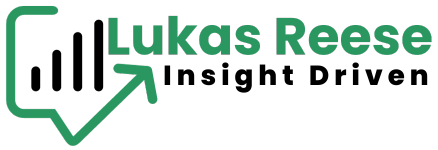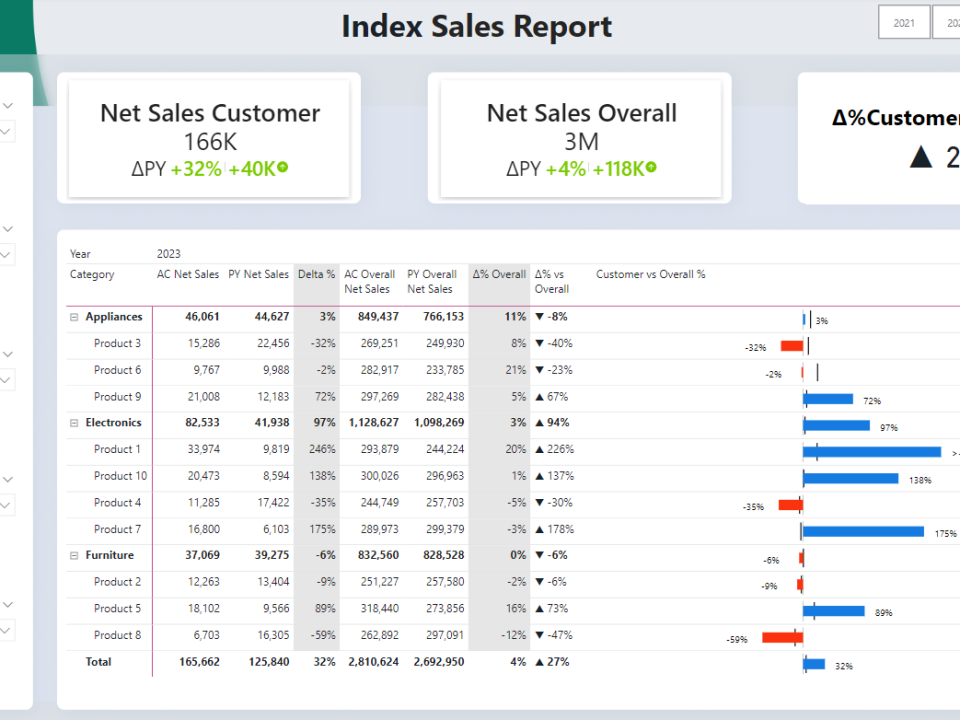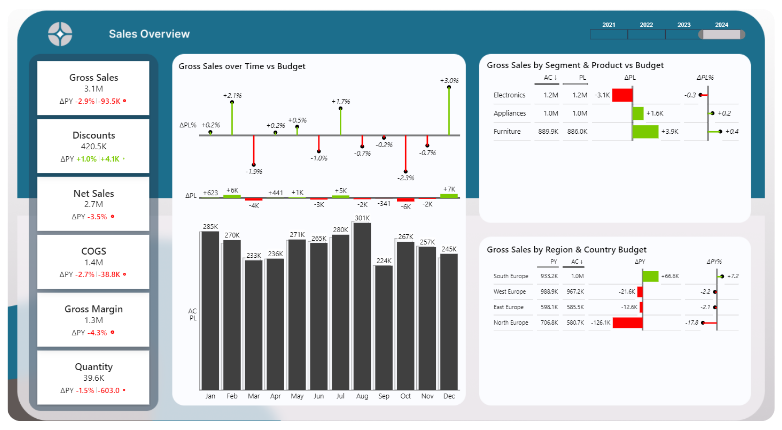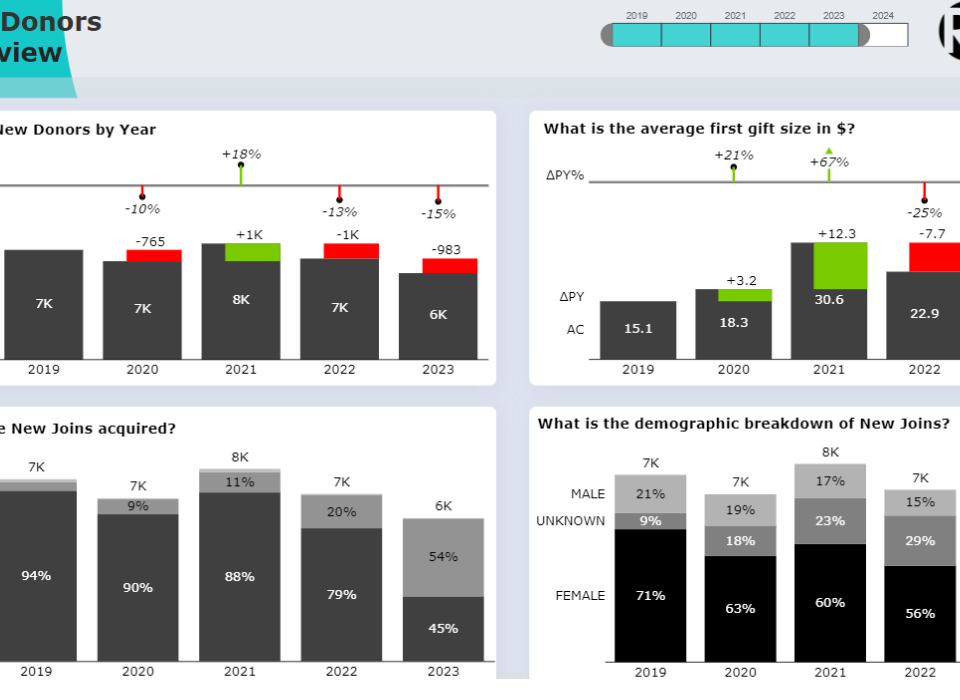Introduction
In the intricate world of logistics, conducting a thorough Logistics Cost Analysis is crucial for operational efficiency and financial stability. My recent project, focusing on Carrier Cost Optimization, provided key insights into managing these costs, a cornerstone for strategic budgeting and revealing hidden expenses.

The Challenge: Optimizing Carrier Costs
The dynamic nature of logistics presents numerous challenges in Carrier Cost Optimization. A significant component of this is analyzing carrier expenses, which requires a detailed approach to not just comprehend current spending but also to forecast future trends, enabling informed business decisions.
Data Collection: A Multi-Tool Approach
The cornerstone of this project was the data, specifically a comprehensive collection of invoices. The real challenge lay in the aggregation and preprocessing of this data, for which I utilized Alteryx, integrating it into a SQL Server to create a well-structured data platform.
Methodology: A Focus on Freight Cost Analysis
With a robust data foundation, the journey into Freight Cost Analysis began. Power BI was chosen for its ability to manage complex datasets and its advanced visualization capabilities, both essential for effective Logistics Cost Analysis.
Power BI Implementation: Insights Beyond Numbers
The Power BI dashboard, designed for this project, was more than a mere display of data; it was an integral part of the Carrier Cost Optimization strategy. It included:
- KPI Cards: These cards provided a comparative analysis of actual costs against budgeted figures, essential in Logistics Cost Analysis.
- Trend Analysis: Understanding past cost patterns was vital for predicting future freight expenses.
- Carrier Cost Breakdown: Identifying cost-intensive carriers was crucial for renegotiating contracts and enhancing carrier selection processes.
- Shipment Type Analysis: Differentiating costs by shipment types offered deeper insights for more efficient logistics strategies.
Budget Analysis: Actuals vs. Budget by Carrier, Service, and Country
An integral part of this project was the detailed budget analysis, showcasing the actuals vs. budget for each carrier, service, and event country. The centerpiece of this analysis was a dynamic waterfall diagram in Power BI, elegantly illustrating the impact of price, volume, and mix changes on the overall cost structure. This visualization not only highlighted the areas where budget deviations occurred but also provided insights into the underlying causes, whether due to price fluctuations, volume variances, or mix differences across various services and regions.
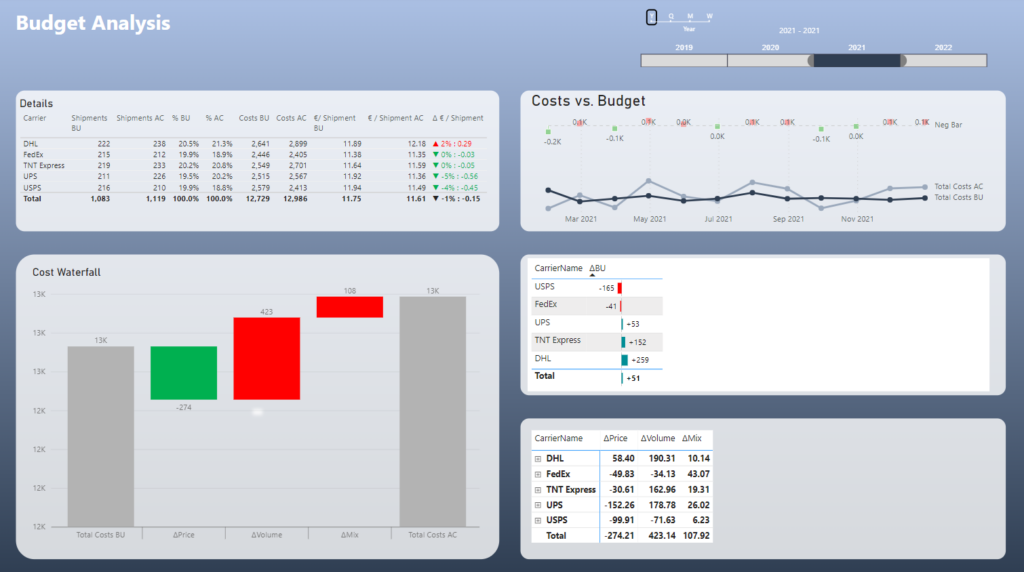
Visual Storytelling: Clarity and Insight
The Power BI dashboard was not just a data repository but a narrative tool. Its design principles focused on clarity, user-friendliness, and the ability to provide actionable insights at a glance.
Impactful Insights: The Results
The analysis brought to light critical aspects of cost management:
- Identification of unexpectedly high costs in specific areas, leading to targeted strategies for cost reduction.
- Insight into carrier performance, aiding in more informed partnership decisions.
- Enhanced budgeting accuracy through trend analysis.
Concluding Thoughts
This project was more than an exercise in data analysis; it was a journey into the heart of logistics cost management. It underscored the power of data in transforming not just numbers, but also strategies and decisions.
Looking Ahead
While this project provided substantial insights, it also opened avenues for further exploration. The integration of predictive analytics and machine learning stands as the next frontier in this ongoing quest to master logistics efficiency.
While this project provided substantial insights, it also opened avenues for further exploration. The integration of predictive analytics and machine learning stands as the next frontier in this ongoing quest to master logistics efficiency.
PowerBI Report:
This blog post aims to encapsulate the essence of your project while highlighting your skills and the sophisticated tools you utilized. Feel free to suggest any modifications or additional details you’d like to include.
